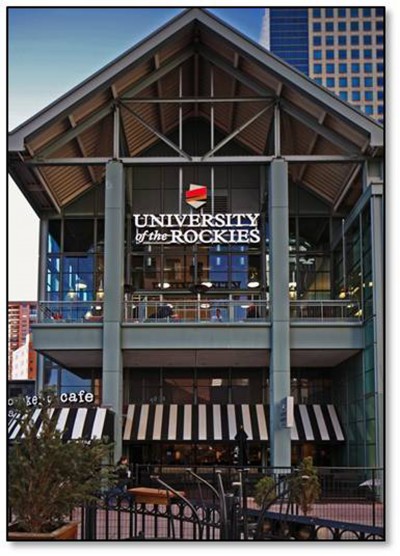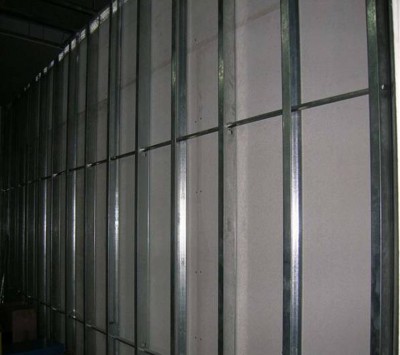By Bill Dundas
Installers will encounter various types of buildings and surfaces when handling wall-mounted sign projects. With a broad diversity of building structures and their corresponding sign installation conditions, these professionals need to be sure to use the proper tools and fastening practices.
Building types
The following are some common types of buildings and the most appropriate sign-fastening methods for each one.
Wood or metal-frame buildings
A sign’s weight will dictate the proper method for installing it on a frame wall composed of metal or wood members. Lighter signs—such as channel letters or signs composed of thin panels—can often be attached to fascia backing material, such as plywood, by using wood screws, toggle bolts or common screws with plastic anchors. Heavier signs may require the use of larger-diameter bolts, lag screws (e.g. penetrating wood studs) or through-bolts supported by bracing behind the wall.
Heavy signs should always be attached to wall studs or other main supports, not solely to wood or metal siding. In the sign’s proposed mounting location, however, the wall studs might not align with the positions of shop-installed mounting irons or brackets attached to the sign. So, it is sometimes necessary to relocate a sign’s mounting hardware accordingly, but always making sure to properly seal any holes that remain in the sign cabinet where the mounting irons were originally attached.
Fastening lag screws into wooden wall supports will require a few extra precautions. The screws should be carefully located in the centres of the framing members, to avoid splitting through the sides of the lumber when inserted and tightened. A drill bit one size smaller than the lag screw diameter can be used to drill pilot holes into the lumber. This will prevent the splitting of the lumber and will also ensure the screws are guided straight into the studs when they are tightened.
Flat washers or fender washers should be used behind the screw heads to prevent the fasteners from pulling through the sign hardware. Then the job should be finished by using sealant where the lag screws penetrate the wall surface. This will prevent moisture from entering the wall interior and deteriorating the framing members.
Toggle bolts can be used as secondary fasteners for a heavy sign, as long as the sign’s weight is supported principally by fastening it directly to the main wall-framing members. If the building in question is a new construction project and the sign is heavy, it might be possible to install internal bracing to support the sign before the building’s interior wall surface is finished.
Toggle bolts, metal screws and through-bolts are some common fasteners used to attach signs to metal frame walls. For light-duty applications only, toggle bolts may be used as the principal fasteners, so long as the internal wall material is substantial (e.g. plywood or similar sheathing panels). For heavy-duty applications, including wall-projecting signs, a common practice is to install through-bolts supported by horizontal braces, like steel angles that span across the rear sides of the vertical studs.
‘Self-drilling’ screws of proper length may also be inserted directly into metal wall studs, but these types of screws are suitable only for lightweight sign installations. They are not intended for use on sign parts that need to be removed periodically (e.g. sign face retainers). In shorter lengths, these screws are suitable for fastening lightweight signs to exterior metal siding; in longer lengths, they may be used to fasten lightweight signs to metal studs or other supports behind the exposed wall surface.








The sinks ought to be precisely found the focuses of the encircling individuals, to abstain from part through the sides of the timber when embedded and fixed.
Nice sharing!
I realized that welding is entirely restricted on the show bureau, including the mounting edges. Any extra entrances into the show bureau must be approved, in composing. Harm brought about from water spills as well as welding may void the guarantee. Exhibition Stand Design
Its easy to say we are a sign company and can design/print your signs, Custom signs fabrication and installation is something that nobody really offers in the industry. Signs NY is offering complete customer solutions in signs industry.